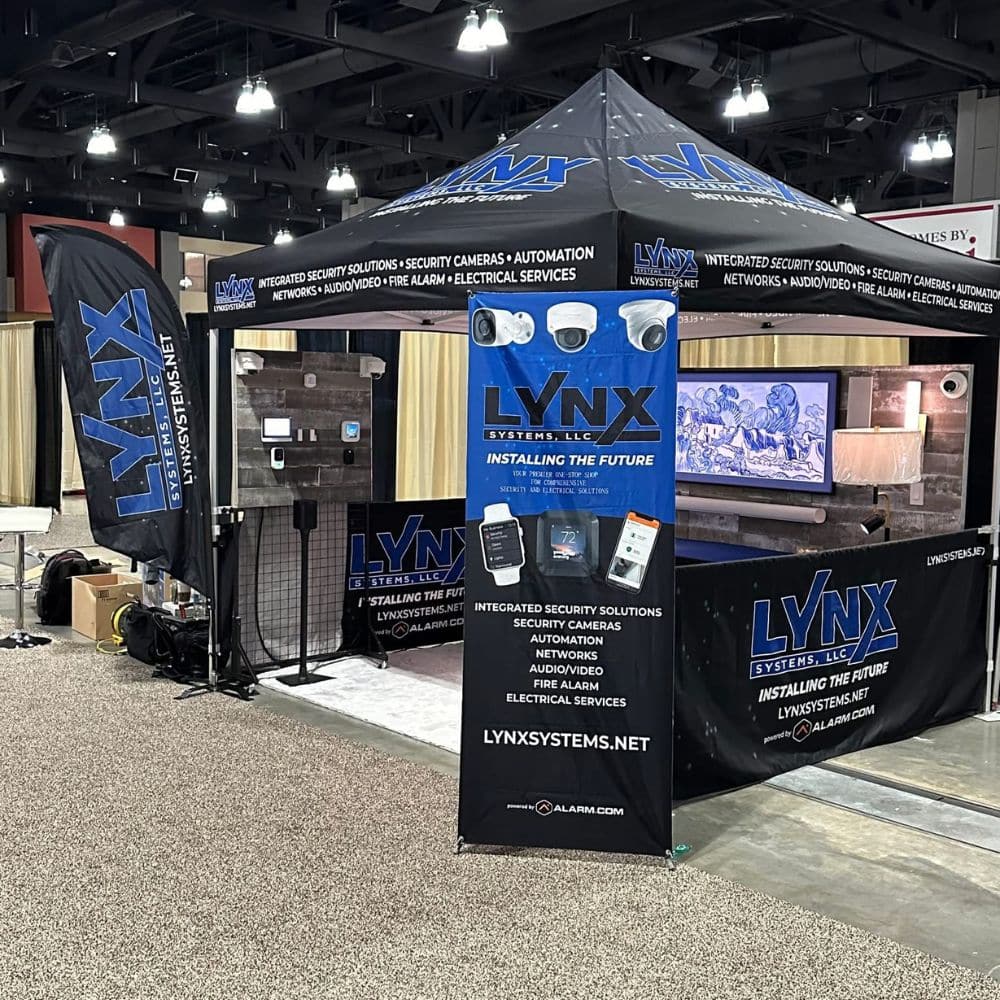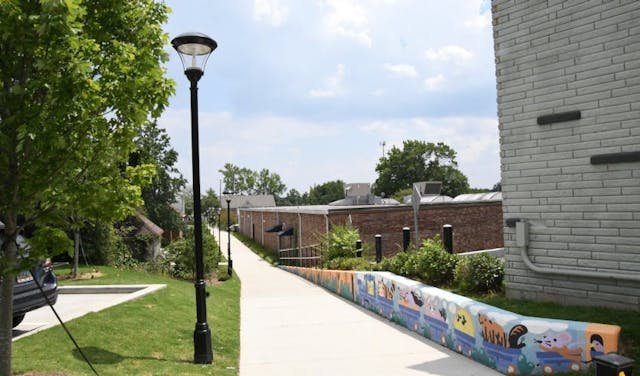Security cameras and smart lights make your home safer. Together, they can work even better. Smart lighting adds an extra layer of protection. It helps you see clearly when something unusual happens. Security cameras record events, while lights make sure nothing stays hidden.
Wondering how to connect them? It’s easier than you think. This guide will show you step-by-step how to integrate these systems. You’ll learn how to set them up, connect them, and make them work together seamlessly.
Why Combine Security Cameras and Smart Lights?
Smart lights and cameras protect your home in different ways. But when combined, they offer better safety. Imagine a security camera that turns on lights when it detects motion. This scares away intruders and helps you see the area clearly.
Integrating these systems also saves energy. Lights will only turn on when needed. No more wasting electricity on lights that stay on all night. Plus, it adds convenience. You can control both devices from your smartphone or tablet.
Things You’ll Need
Before starting, make sure you have the necessary tools. Here’s a simple checklist:
- Security cameras (preferably Wi-Fi-enabled)
- Smart lights or bulbs
- A smart home hub (optional but helpful)
- Internet connection
- Smartphone or tablet with the necessary apps
Once you have these items, you are ready to begin.

Credit: www.amazon.com
Step-by-Step Guide to Integrate Security Cameras with Smart Lights
Follow these steps to connect security cameras to smart lights:
Step 1: Install Your Security Cameras
First, set up your security cameras. Place them where you need them most. Common areas include the front door, backyard, or driveway. Follow the instructions provided with your camera. Make sure they are connected to your Wi-Fi network.
Step 2: Set Up Your Smart Lights
Next, install your smart lighting system. Replace regular bulbs with smart bulbs. These bulbs connect to your Wi-Fi network. Install the lights in areas where you want better visibility. Make sure the lights are within reach of your Wi-Fi signal.
Step 3: Download The Apps
Most smart devices come with apps. Download the app for your security camera. Download the app for your smart lighting system too. These apps will help you control and integrate both systems.
Step 4: Connect Devices To The Same Network
Make sure all devices are on the same Wi-Fi network. This is important for them to work together. Check your router settings if you face any issues.
Step 5: Use A Smart Hub (optional)
If you have a smart hub, connect your devices to it. A hub makes integration easier. It acts as a central controller for all smart devices.
Step 6: Link Devices Through Their Apps
Open the apps for your devices. Look for options to link or pair devices. Some apps may have specific settings for integration. For example, you can set smart lights to turn on when the camera detects motion.
Step 7: Test Your Setup
Once everything is connected, test your setup. Walk near your security camera to trigger it. Check if the smart lights turn on as expected. Adjust settings if needed for better performance.
Tips for Better Integration
Here are some tips to improve your setup:
- Place cameras and lights in strategic locations. Focus on entry points like doors and windows.
- Use motion sensors for smart lights. Sensors help lights turn on automatically.
- Set schedules for lights and cameras. This adds extra security when you’re away.
- Check device compatibility before buying. Some brands work better together than others.
- Update the software regularly. Updates fix bugs and improve performance.
Benefits of Integrating Security Cameras and Smart Lights
Combining these systems offers many benefits:
| Benefit | Description |
|---|---|
| Improved Security | Lights scare away intruders and cameras record their actions. |
| Energy Savings | Lights only turn on when needed, reducing electricity use. |
| Convenience | Control both systems from one app or device. |
| Better Visibility | Lights help cameras capture clear footage at night. |
| Customizable Settings | Adjust schedules and triggers to suit your needs. |

Credit: lynxsystems.net
Common Problems and Solutions
Sometimes integration doesn’t work perfectly. Here are common issues and fixes:
- Problem: Devices not connecting to Wi-Fi.
- Solution: Restart your router and check network settings.
- Problem: Lights not responding to camera triggers.
- Solution: Recheck app settings and device compatibility.
- Problem: Camera footage is unclear at night.
- Solution: Adjust light placement or use brighter bulbs.
Final Thoughts
Integrating security cameras with smart lights is a smart choice. It improves your home’s safety, saves energy, and adds convenience. By following the steps above, you can set up an effective system easily.
Remember to test your setup and make adjustments as needed. With the right placement and settings, your home will be safer and smarter. Start today and enjoy peace of mind knowing your home is secure.
Frequently Asked Questions
What Do I Need To Connect Smart Lights With Security Cameras?
You need compatible devices, a stable Wi-Fi network, and a smart home app or hub.
Can I Control Smart Lights Using My Security Camera App?
Yes, some security camera apps allow integration with smart lights for seamless control.
Do All Smart Lights Work With Security Cameras?
No, only certain smart lights are compatible. Check the product specifications before purchasing.
Is A Smart Hub Necessary For This Integration?
Not always. Many devices connect directly via Wi-Fi, but some require a hub for advanced features.

